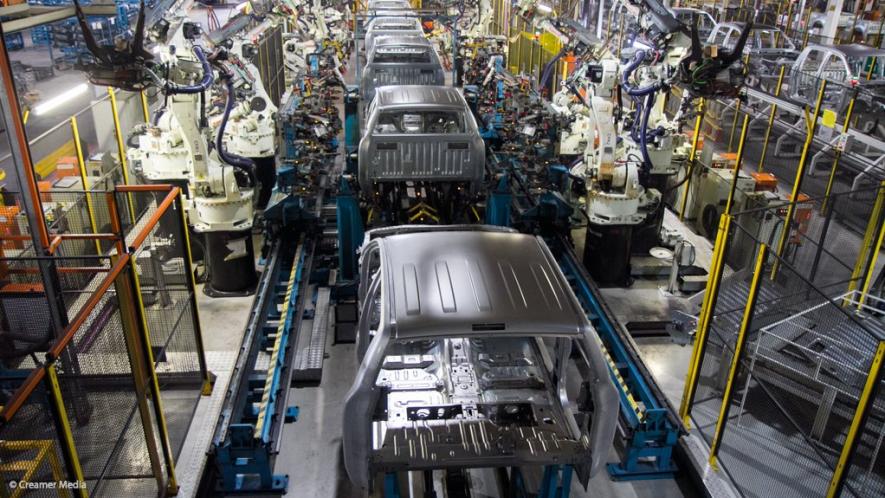NUMSA Secures Wage Hike for 306,000 Workers in South Africa’s Motor Industry

306,000 workers in South Africa’s motor industry sector will get a wage hike after the National Union of Metalworkers of South Africa (NUMSA) signed a wage agreement with the associations representing the sector’s employers.
These workers had not received a wage hike since August 2016, when the previous wage agreement was signed. Since then, a fuel price hike of almost 30%, and a consequent rise in prices of other commodities, has reduced the purchasing power of their wages.
NUMSA had been pushing for a new wage agreement with a 12% hike since last August, by the end of which the wage agreement for 2016-19 expired. Employers were only willing to offer a hike of 5%.
Representing the employers were three associations, including the National Employers Association of South Africa (NEASA), the Fuel Retailers Association of Southern Africa (FRA) and the Retail Motor Industry Organization (RMI).
Since last August, NUMSA had a series of unsuccessful meetings with these associations at the Motor Industries Bargaining Council (MIBCO), which is a bargaining council set up to facilitate self-regulation of industries as provided for in the Labor Relations Act.
When the employers refused to budge, NUMSA officially activated the dispute resolution mechanism in September. There, they warned that if a favorable agreement was not reached, they would embark on a strike action with the potential to cripple motor industries, a sector already performing poorly.
The agreement was finally signed on January 24. As per this agreement, every worker employed in component manufacturing, across different pay grades, will have their wage hiked by 7.5% this year, 7% in 2021 and another 7% in 2022.
Employees in auto dealerships and garage workers, who are the lowest paid in the sector, will receive a wage hike of 8% for 2020, effective from January 1, followed by a 7% wage hike for each of the next two years.
Other workers in motor industries will see their wages rise by 6% this year, and by 5.5% annually for the next two years covered in the agreement. Unlike in the case of component manufacturers, the wage hike percentages for other sub-sectors will be based on the minimum rate of pay.
Apart from the wage hike, the agreement also includes a rise in allowances. Both standby allowance and call out allowance will increase by 6% this year, and 5.5% on each of the following two years.
An employee has to pay standby allowance when workers are asked to keep themselves available to report to work outside the regular working hours. When those on standby are actually called to work, the employer has to separately pay the call out allowance.
“This round of wage talks was extremely tough because of the challenges faced in the economy… We want to thank our officials for working tirelessly to secure these increases and we urge them to continue to serve our members to the best of their abilities,” NUMSA’s general secretary, Jim Irvin, said in a statement yesterday.
Get the latest reports & analysis with people's perspective on Protests, movements & deep analytical videos, discussions of the current affairs in your Telegram app. Subscribe to NewsClick's Telegram channel & get Real-Time updates on stories, as they get published on our website.
























